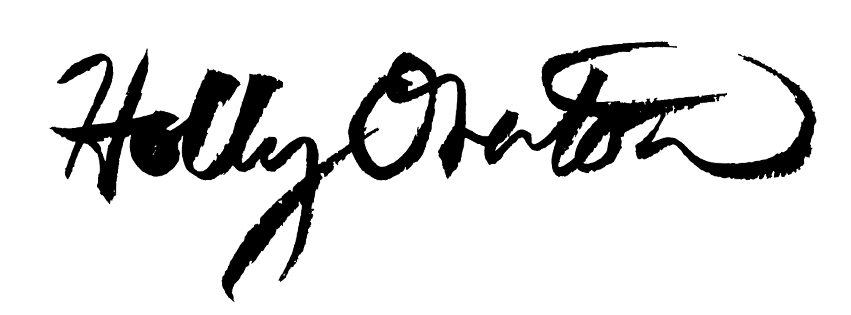I worked non-stop today cataloging artist edition prints by Niki de Saint Phalle (1930-2002, French-American) for her retrospective that opens next week. Her prints are a careful cultivation of naiveté, whimsical, sketchbook-like illustrations and writing. They are HUGE prints of PRISTINE quality in editions of up to 150. So I ask the question, how does a childlike sketchbook drawing translate to a museum quality display? Her work is playful, cute, funny… a departure from the canon of fine artists you’d find in art institutions. She was a “feminist” because she made work about men not loving her for vain reasons, and explaining that obese women are beautiful. I just read that she spent her life “desperately escaping the bourgeois” life she was born into. The below works instinctively feel problematic to me:

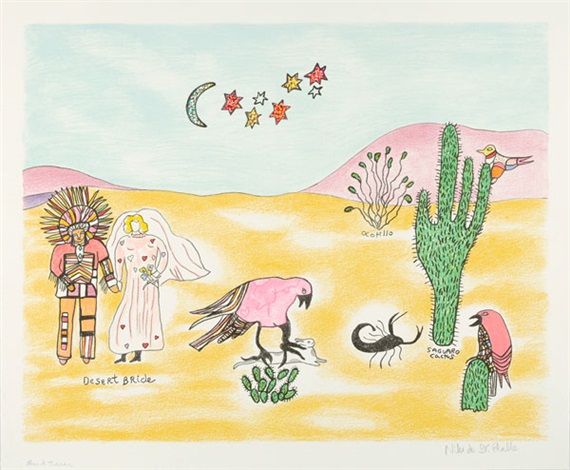
The last few weeks we checked all her sculptural works for damages. She was prolific- creating a vast body of work in a variety of mediums. She made a lot of furniture. I’ll admit, I was initially very charmed by these works.
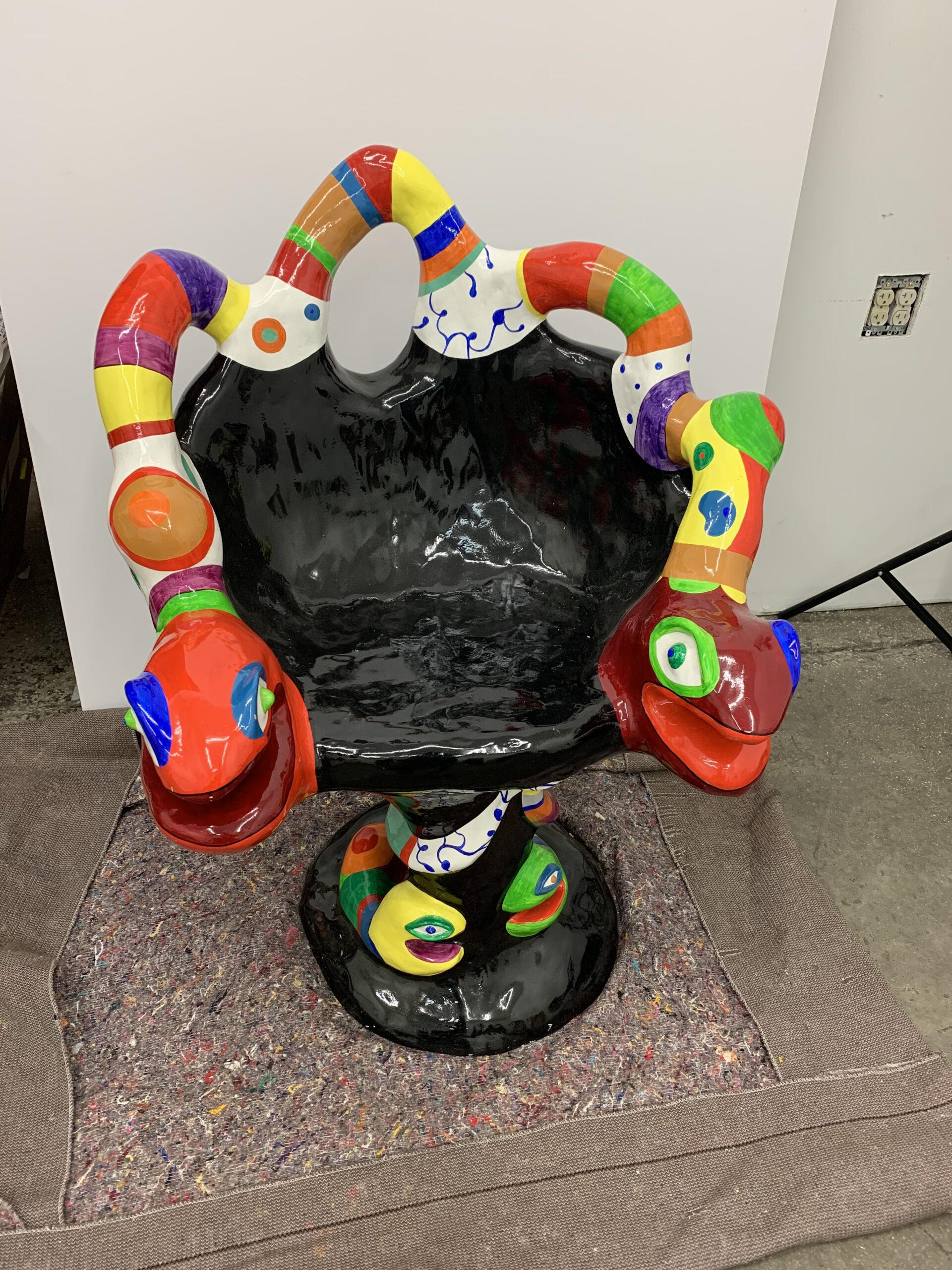
But after a while, you start to draw comparisons, where fine art meets naiveté meets lifestyle brand meets (privileged?) outsider artist meets decorative arts. Like the dreaded… blue dog.

Then you take a heavier (or absolutely weightless) turn to… the “Life Is Good Company” beret wearing stick figure of Jake.
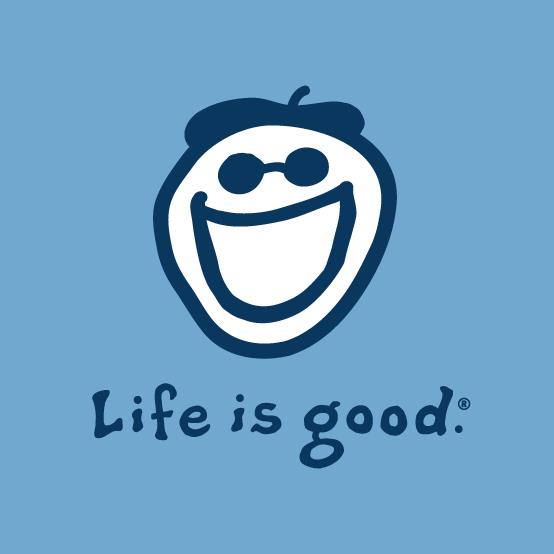
And at this point, all art is meaningless, and you’re at the bottom of a sandy beach bag, crumpled in the back of your closet in February.
So we find ourselves in the same old conundrum. Art is commodity, art is advertisement, art is commercial, art is made by wealthy people who have limitless resources to make whatever they want to make. Art is made by artisans who are paid to make what the artist designs for them. What is art? Who is it for? Is it a souvenir? Is it a decorate print to make you feel like you know what art is? Is art affordable or expensive? Should a street vendor who paints the New York City skyline on pieces of wood and sells them in Union Square be told that their art is childish and they should just stop because a super rich deceased woman’s estate has already got them way beat?
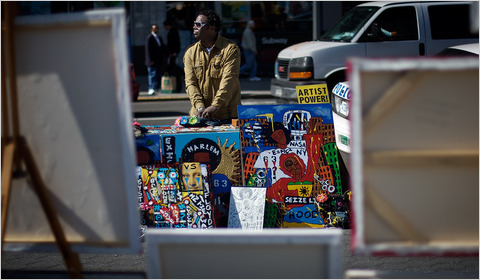
I’ll never know the answer. I am not in the position to make any designations in art. But I take it as a lesson. Connections we draw in art are not universal for everyone. They are based on lived experience. I think about the Georgia O’keeffe retrospective at the Brooklyn Museum in 2017, described as “how the renowned modernist artist proclaimed her progressive, independent lifestyle through a self-crafted public persona—including her clothing and the way she posed for the camera.” And I remember she said that everything we do in life has a creative decision, from the way you painted a canvas, to the way you placed stamps on an envelope. She made most of her clothes. We all know her career’s hand was held and guided by Alfred Stieglitz.
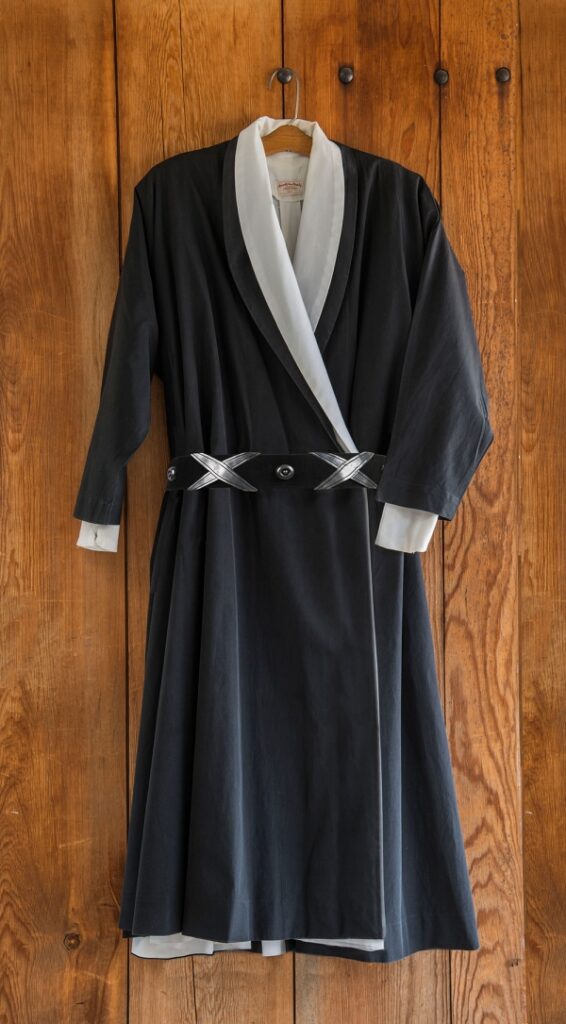
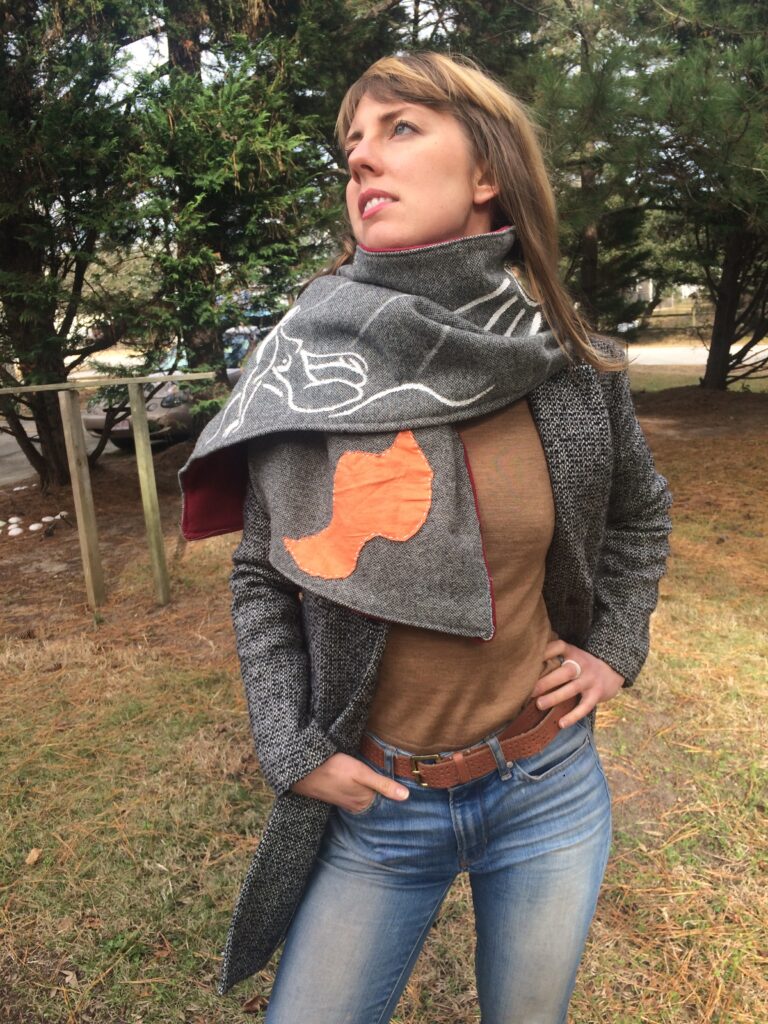
I catch myself with a bitter taste on my lips, and spit it out! Because, again, meaning in art is drawn from lived experience, and it’s all relative. Niki de Saint Phalle had money and Georgia O’Keeffe had Stieglitz. I don’t know what George Rodrigue or Bert & John Jacobs had because I literally don’t want to read any more on their wikipedias than the first two sentences. There might be someone out there who has seen my paintings on instagram or performances at Brooklyn DIY venues who says, “well she has such and such”. Meanwhile, I feel like a bottom feeder in that sandy crumpled beach bag I mentioned before. So to Niki’s legacy, I politely say: thank you for inspiring this stream of consciousness, but no thanks!
